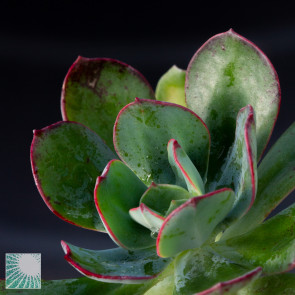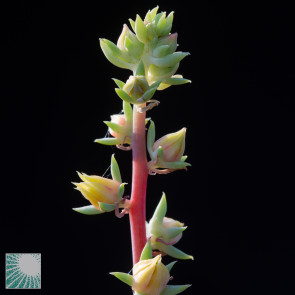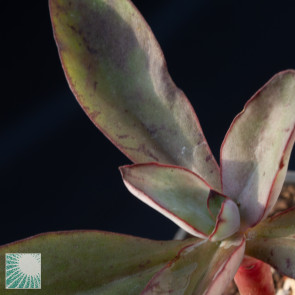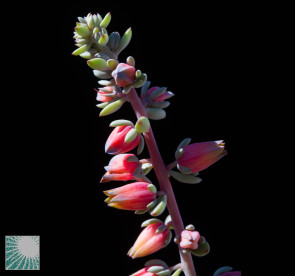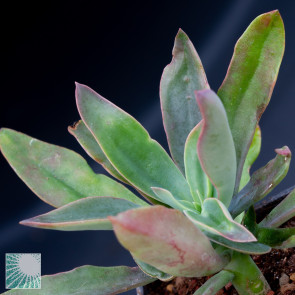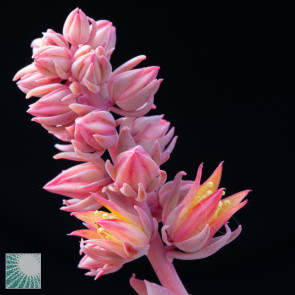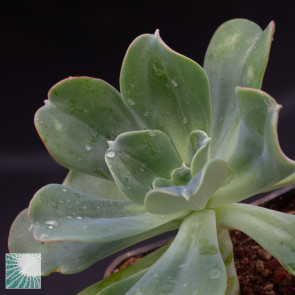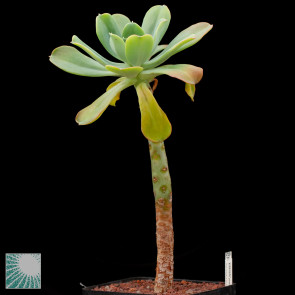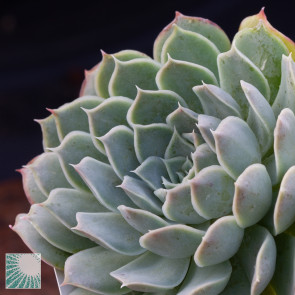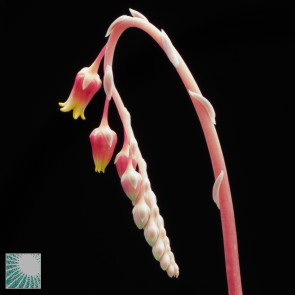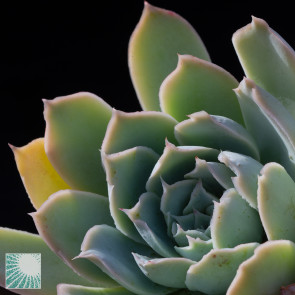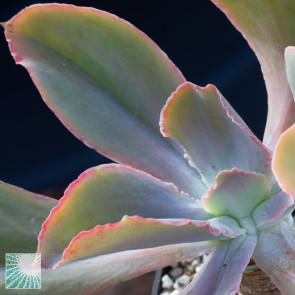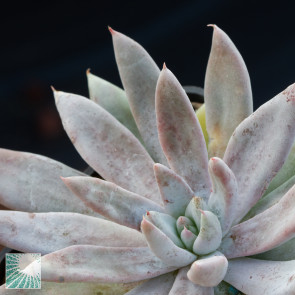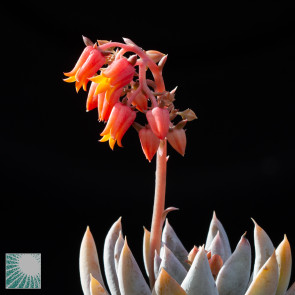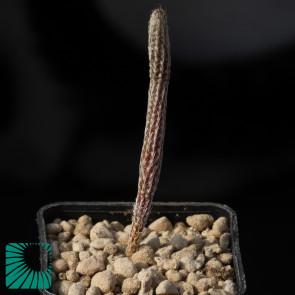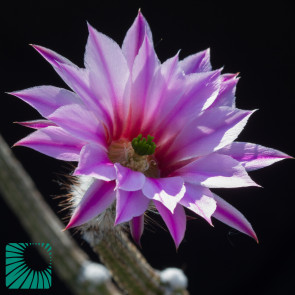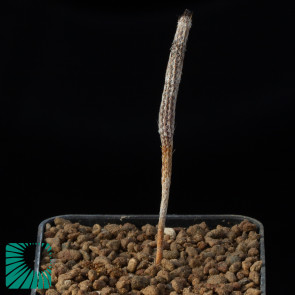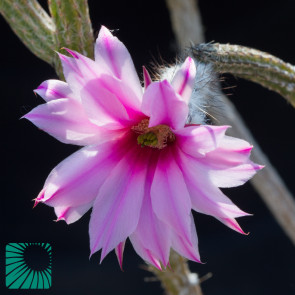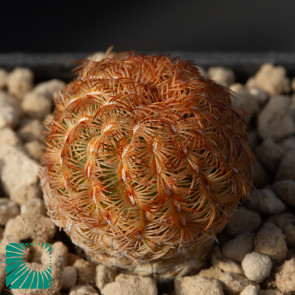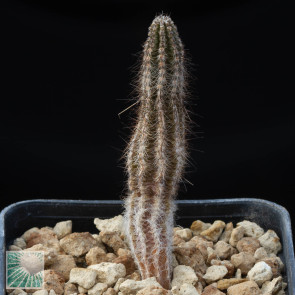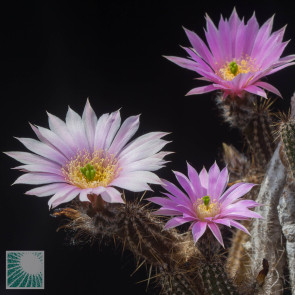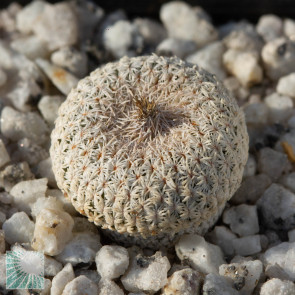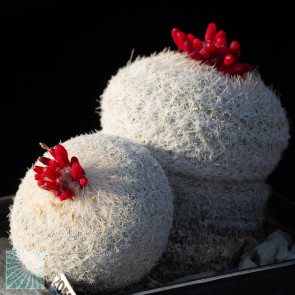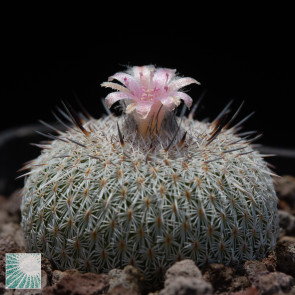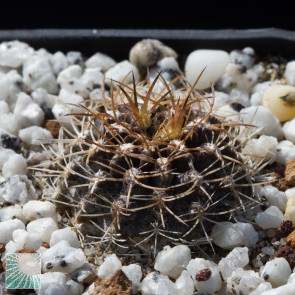You have no items in your shopping cart.
Plants
This section of the shop is dedicated to those products of which more specimens are available for purchase. For this reason, the photograph associated with each one is only an example and not an exact sale item, even if it is usually a specimen selected from those offered, or images of the mother plants from which it derives, and in this case the caption on the image specifies that it is just an example. These images therefore faithfully represent what the customer buys.
In addition to the photographic image, each species is accompanied by a short description of its salient features. We did not consider it necessary to insert the botanical description of each product, of which there are abundant references on the internet, as well as detailed information on its cultivation. This information, albeit of an indicative nature, will be provided on the pages dedicated to each single genus or category which can be accessed by selecting the navigation icons above this text.
-
Echeveria nuda
Nogales, Son., Mexico.
interesting for the glabrous and dark green leaves with thin lamina which form compact rosettes at the top of long, sparsely branched stems. Like Echeveria coccinea, their long inflorescences are spikes bearing flowers without petiole (sessile). The color of the bracts is orange. Learn More -
Echeveria penduliflora
Yutanino, Oaxaca, Mexico.
interesting for the rigid, long and narrow lead gray leaves with red margins, grouped in loose rosettes at the top of long stems which branch out over time. The flowers have a curious deep red colour. Learn More -
Echeveria pittieri
El Porvenir, Guatemala.
Guatemalan species of Echeveria, interesting for the beautiful pink inflorescences with flowers collected in a compact spike. Learn More -
Echeveria procera
from the Latin 'procerus' = tall, long, to indicate the growth abit of these plants which reach 2 m in height. Learn More -
Echeveria simulans
El Pajonal, Nuevo León, Mexico.
It owes its name to the resemblance to the species Echeveria elegans, from which it differs in the shape of the thinnest and most numerous leaves, and other characters relating to the shape and color of the inflorescence. A beautiful species, especially if grown in order to keep it compact with abundant light and not too organic soil. Learn More -
Echeveria simulans
Bustamante, Nuevo León, Mexico.
It owes its name to the resemblance to the species Echeveria elegans, from which it differs in the shape of the thinnest and most numerous leaves, and other characters relating to the shape and color of the inflorescence.
A beautiful species, especially if grown in order to keep it compact with abundant light and not too organic soil.
This form is native to Bustamante in Neuvo León, Mexico. Learn More -
Echeveria sp.
Almoloya, Mexico.
Large-sized species similar to E. gibbiflora of pastel pink color, darker with cold and intense light. Learn More -
Echeveria tolimanensis
Arroyo Bianco, Hidalgo, Mexico.
Attractive species due to its very pruinose leaves, glaucous green to white in color crossed by characteristic streaks, due to growth. Likes very bright locations and sparse watering. Learn More -
Echinocereus poselgeri
shrubby species with little branched, thin, woody stems that reach one meter in height. Thorns small and adherent to the stem. Interesting for the large magenta flowers that appear at the top of the branches. The roots are tuberous. Learn More -
Echinocereus poselgeri
Zapata Co. Texas, USA.
shrubby species with little branched, thin, woody stems that reach one meter in height. Thorns small and adherent to the stem. Interesting for the large magenta flowers that appear at the top of the branches. The roots are tuberous. Learn More -
Echinocereus reichenbachii ssp. burrensis
interesting for the dense covering of combed and interlaced spines, translucent with a darker orange color at the tip. The flowers are large, magenta with a lighter throat. Learn More -
Echinocereus schmollii
Small species of Echinocereus (once included in the genus Wilcoxia) with a large underground caudix from which stems emerge. These are slender, fluffy and equipped with a few slightly prickly thorns. The flowers are wonderful. Frost resistant if kept well dry, its growth is rather slow. Learn More -
Epithelantha micromeris
SB 125 - Arteagas Canyon, Saltillo, Coahuila, Mexico
It is the typical species of the genus, characteristic for the dense white spines that protect the epidermis from the risk of burns and which thicken at the apex from where the small pink flowers emerge and later the long coral red fruits, similar to chillies. It prefers very loose substrates, minerals and very bright and airy locations. In winter it resists sub-zero temperatures if kept dry. Learn More -
Epithelantha micromeris ssp. unguispina
Species distinguished by the long persistent, acicular, white, dark gray or black thorns. The flowers, pink and the stem are larger than the other species of the genus. It usually branches abundantly from the base. It resists well down to -10 °C if kept dry and grown naturally. It is sensitive to rot and root cochineal infestations. Learn More -
Eriosyce crispa ssp. atroviridis
400m, Quebrada Alcodona, E of Carrizal, Huasco, Chile.
Small coastal cactus of the Atacama desert. Learn More

